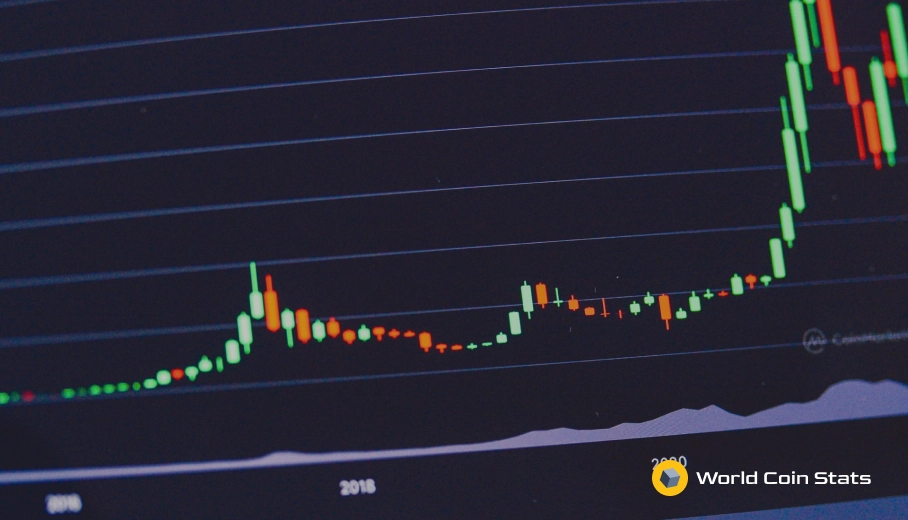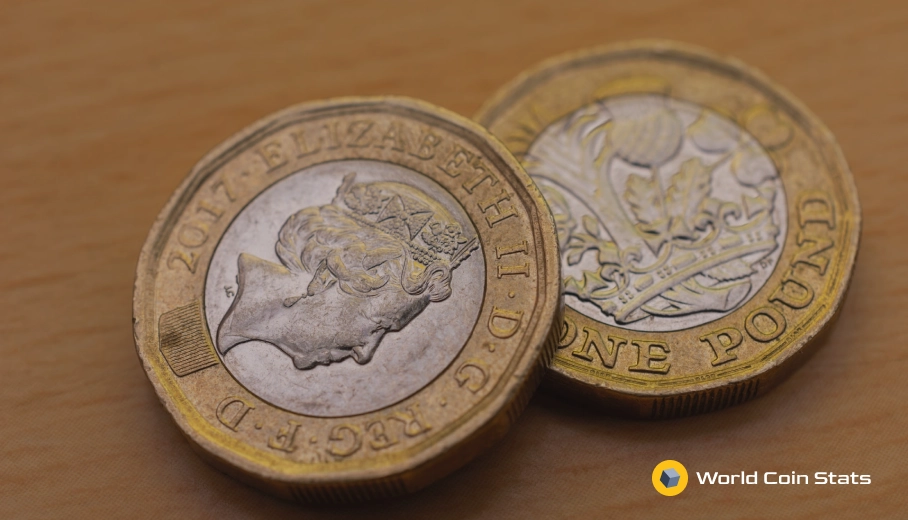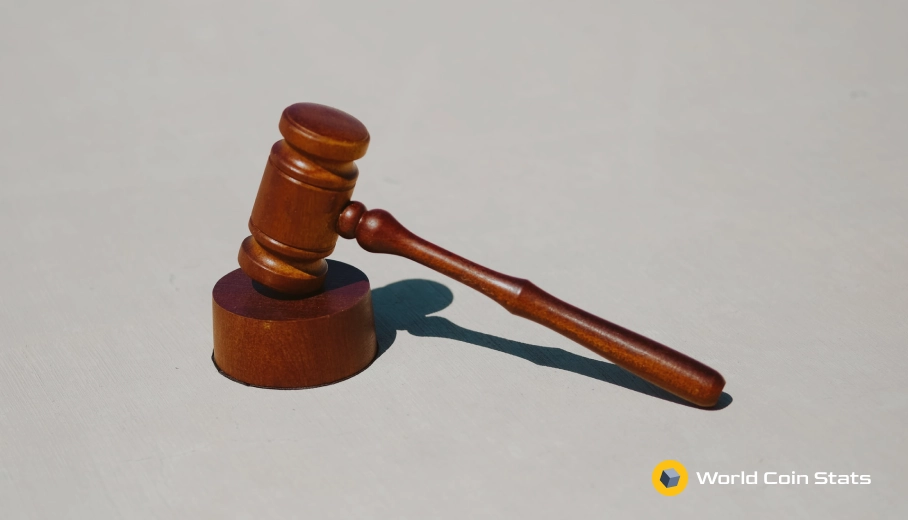ETF vs. Index Fund
When you invest in the market, you have more options than just stocks. The two most common assets to trade besides stock are ETFs and index funds. While they sound similar, they have some vast differences. Understanding how they work may help you choose between the two or to diversify your portfolio with both assets.
What are Index Funds?
Index funds, also known as a type of mutual fund, represent a segment of the market. Whether it’s all large-cap stocks, a particular industry, or an index fund that mimics an index, such as the S&P 500, they are all examples. Investors pool their money together to buy the index fund.
What are ETFs?
Exchange-traded funds, or ETFs, are baskets of securities wrapped into one fund. You can buy stock, bond, industry-specific, and even foreign ETFs. Buying and selling ETFs works the same as buying and selling regular stocks. You don’t need a portfolio manager, and you can actively or passively trade them as you see fit.
What do Index Funds and ETFs Have in Common?
- Both index funds and ETFs bundle various investments into one asset. This may lead to better diversification with little effort.
- Neither tries to beat the market. Instead, both index funds and ETFs try to mimic the index by providing a diversified portfolio that provides the same overall return as the market.
- Both index funds and ETFs are passive investments, which leads to lower costs. There aren’t daily trades that lead to excessive commissions and lower profits.
- Both offer good long-term returns since they ride with the index and are passively managed. If you can sit on an ETF or index fund or the long-term, you’ll see higher profits.
- Both have annual expense ratios. Fortunately, the rates are usually low on both types of investments, but knowing the rate is important before buying a security.
How do Index Funds and ETFs Differ?
- ETFs have a lower investment requirement. You can buy one share or even a fractional share with some brokers. This minimizes how much you need to invest. Index funds often have a minimum investment requirement that is in the thousands. Vanguard, for example, has a $3,000 minimum investment for its popular index fund.
- ETFs trade throughout the day. You can trade them at any time that the stock market is open. Even though they are passive investments, having the freedom to trade at any time can be helpful. Index funds trade only after the close of the stock market. The difference usually isn’t that much, but the liquidity and freedom to trade ETFs at any time is beneficial.
- ETFs sometimes trade with no cost as many brokers offer commission-free ETFs. Index funds often have commissions plus transaction fees. Compare the costs of each. Not every ETF trades commission-free. It’s essential to know the bottom line before you choose.
- Index funds may have higher tax liabilities. When an investor wants to sell his share of the index fund, the fund manager must buy and sell securities to have the capital to pay the investor. This triggers a tax event for every investor. ETFs, on the other hand, only trigger taxes when you sell and have capital gains. If you’re in it for the long-term, you minimize your tax liabilities.
What’s Right for You?
As with any investment, choosing between index funds and ETFs is a personal choice. Think about the big picture. What are you trying to accomplish?
If you want complete control, ETFs offer more flexibility. But, you must manually invest in them. You’ll play a somewhat active role in your investments. For example, if you add money to your portfolio every month, you’ll need to actively buy new ETFs. It’s not difficult, but it’s something to consider.
If you want a passive investment that you can automatically invest in without worrying about choosing funds, an index fund may be a better option. While you need the minimum investment requirement, there are many investment funds available for all price ranges.
Think about what you want. Are you looking to invest long-term? Do you need automation, or do you like some ‘say’ in what you trade? Are you trying to minimize your tax liabilities, or is an active portfolio more enticing? Diversifying your portfolio with both assets is another excellent way to reap the benefits of all assets available, furthering your profits for short-term, long-term, or even retirement goals.




